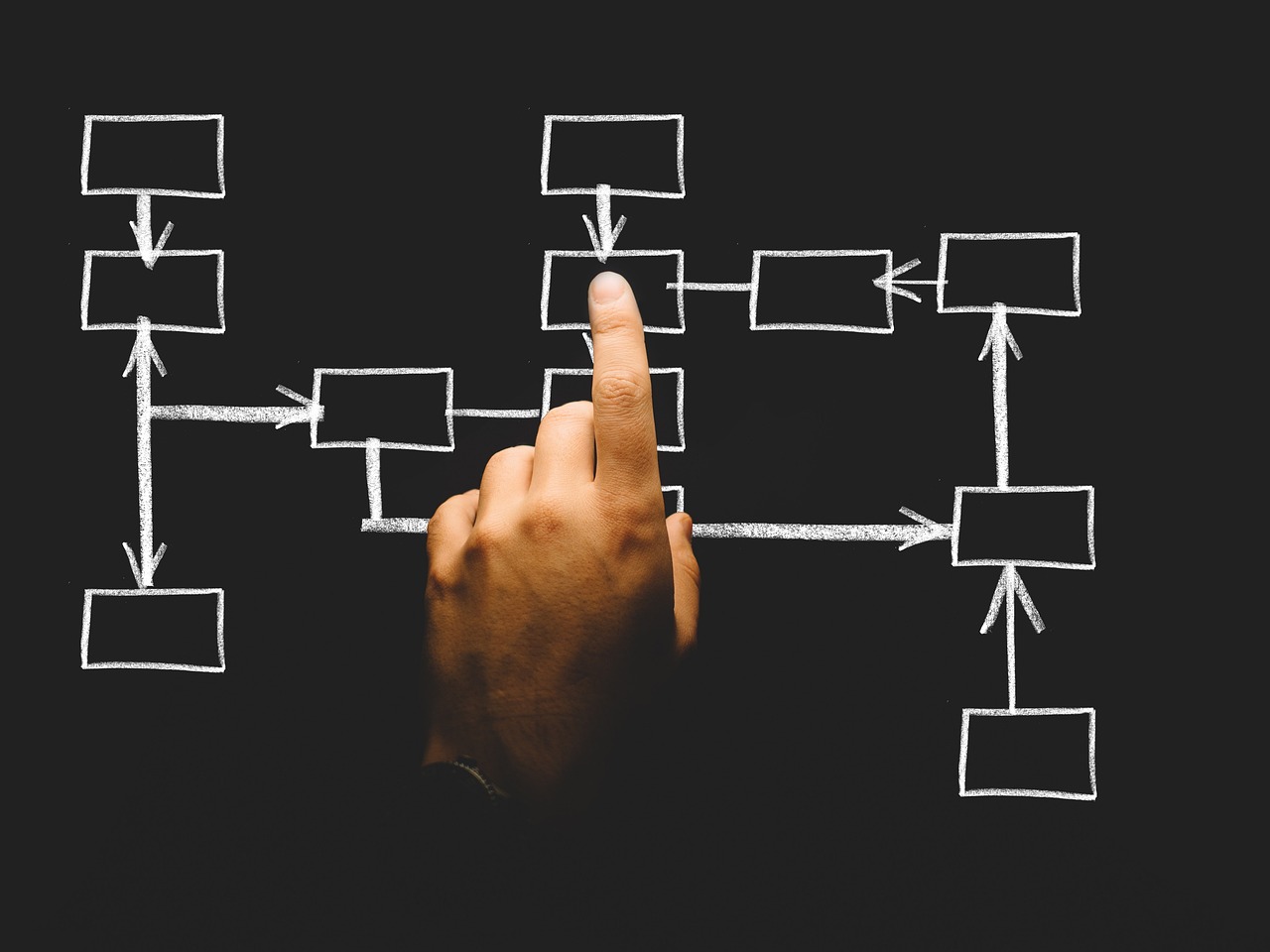The Psychology of Consumer Behavior: Influencing Purchasing Decisions
Consumers are driven by a complex interplay of conscious and subconscious factors when making purchasing decisions. The decisions they make are influenced by factors such as personal preferences, past experiences, cultural influences, and societal trends. Understanding these underlying motivations can provide valuable insights for businesses aiming to tailor their marketing strategies to appeal to their target audience.
Moreover, consumers often rely on cognitive shortcuts and heuristics to make quick decisions amid the overwhelming array of options available in the market. By tapping into these mental shortcuts, businesses can capitalize on consumers’ decision-making processes to influence their choices. Gaining a deeper understanding of how consumers process information and make decisions is crucial for businesses looking to stand out in a competitive market.
The Role of Emotions in Purchasing Decisions
Emotions play a significant role in the purchasing decisions of consumers. When individuals shop, their emotional responses often influence how they perceive and engage with products or services. For example, a positive emotion like excitement can lead to impulsive buying decisions, while negative feelings such as stress or uncertainty may deter consumers from making a purchase.
Moreover, emotions can create a sense of attachment or connection to a brand. When consumers feel emotionally connected to a product or company, they are more likely to develop brand loyalty and make repeat purchases. This emotional bond between consumers and brands is a powerful driver of consumer behavior, as it can influence not only their purchasing decisions but also their overall perception of a brand’s value and identity.
• Emotions can lead to impulsive buying decisions
• Negative feelings may deter consumers from making a purchase
• Emotional connection to a brand leads to brand loyalty and repeat purchases
• Emotional bond influences overall perception of a brand’s value and identity
The Impact of Social Proof on Consumer Behavior
Social proof plays a significant role in shaping consumer behavior. When individuals observe others engaging in certain behaviors or making specific purchasing decisions, they are more likely to follow suit. This phenomenon is driven by the inherent need for social validation and the desire to conform to the actions of others.
The influence of social proof can be seen across various aspects of consumer behavior, from product choices to brand preferences. Testimonials, reviews, and endorsements from satisfied customers serve as powerful forms of social proof, compelling others to trust and emulate the choices of their peers. Additionally, the prevalence of social media platforms has amplified the impact of social proof, as individuals are constantly exposed to the preferences and experiences of their social networks.
What is social proof?
Social proof is a psychological phenomenon where people mimic the actions of others in an attempt to reflect correct behavior in a given situation.
How does social proof influence consumer behavior?
Social proof can significantly impact consumer behavior by creating a sense of trust and credibility towards a product or service based on the experiences and opinions of others.
What role do emotions play in purchasing decisions?
Emotions play a crucial role in purchasing decisions as they can heavily influence how consumers perceive a product or service, ultimately impacting their buying behavior.
How can businesses leverage social proof to attract more customers?
Businesses can leverage social proof by showcasing positive reviews, testimonials, and endorsements from satisfied customers to build trust and credibility, ultimately attracting more customers.
Can social proof be manipulated by businesses?
While social proof can be manipulated to a certain extent by businesses through tactics such as fake reviews or endorsements, genuine and authentic social proof is more likely to have a lasting impact on consumer behavior.







